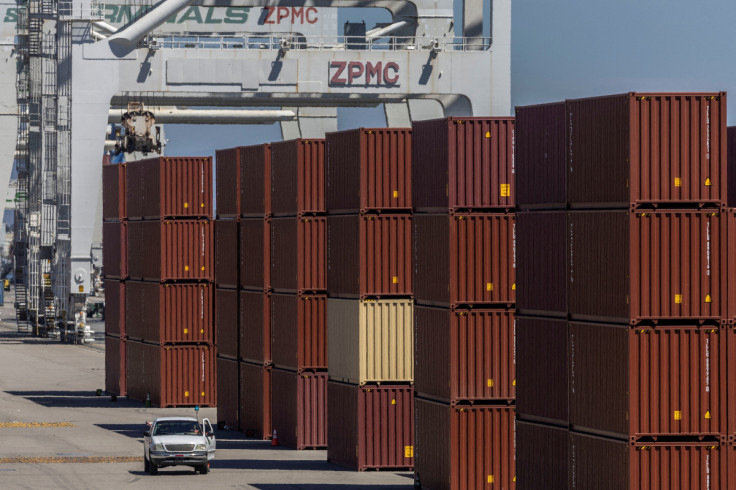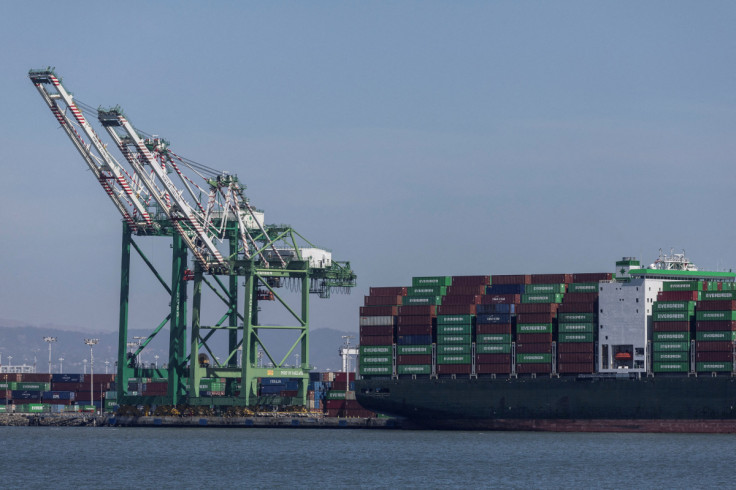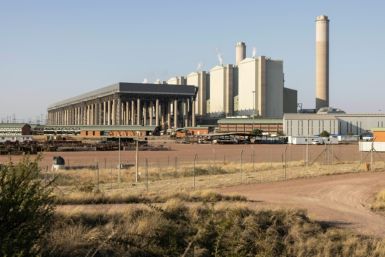Supply Chain Snarls Loosen For U.S. Companies, But Plenty Of Problems Remain

John Ehresmann loves that the cost of shipping an ocean container from Asia to a U.S. port or buying a load of lumber has fallen back to earth.
If only that were true for everything he buys - but it's not.
Some parts of his supply chain have clearly improved, said the vice president of global supply for Graco Inc, the Minneapolis-based maker of fluid handling equipment such as paint sprayers. But the complex nature of global supply chains means that companies like Graco are still struggling, since the shortage of just one part can hobble them.
"Not having that one micro-controller can still stop you in your path," said Ehresmann, referring to an electronic part common in many of the company's products that remains scarce.
The COVID-19 pandemic set off a crisis in global supply chains, which is showing signs of healing. The cost of shipping a container from Asia to the U.S. West Coast just clicked below $2,500, after peaking late last year at over $10,000, according to booking platform Freightos Group, and big backups at U.S. ports have dwindled. Lumber prices are the lowest they have been in over two years, while the cost of steel and aluminum have moderated.
Getting supplies of everything flowing more freely again is key for the U.S. Federal Reserve, which hopes that will help pull down inflation.
For now, inflation remains uncomfortably high. On Wednesday, the Labor Department reported that the Producer Price Index - a gauge of what suppliers charge other businesses - rose more than expected in September. This suggests falling prices for some goods and services are still far from working their way fully through the economy.
The PPI for final demand rose 8.5% in September from a year ago, though that's a notch down from the 8.7% annual increase in August and was the smallest annual increase since July 2021.
Lower producer prices are needed before consumers can expect much inflation relief. A closely watched report on consumer prices will be released Thursday.
SHIFTING DEMAND
Another gauge of supply chain health - an index compiled by the New York Federal Reserve - showed stress in the global system eased in September to the lowest level since December 2020. The regional bank's Global Supply Pressure Index tracks data on shipping costs, delivery times, backlogs and other statistics into a single measure compared to historic norms. The September report marked the fifth straight month of declines in the index.
"If you talk to an average company, there's a lot less concern about shortages now than there was six months ago - but it's not zero," said Daniel Swan, a supply chain expert with consulting firm McKinsey & Co.
This marks a major change from when companies couldn't fill orders because they couldn't find components to build goods or the trucks to transport them. The challenge now, said Swan, is that it's unclear what will happen with demand. "Many producers can get all or most of what they need," he said. "But the demand outlook is less clear."
This uncertainty is also creating headaches for companies that now find themselves holding too much inventory -- the opposite problem they faced not long ago, when consumers stuck at home during the pandemic were spending heavily on goods like furniture and appliances.
Arnold Kamler, chief executive of bicycle manufacturer Kent International in Fairfield, New Jersey, said that the price of many of the commodities he needs - like steel, aluminum, and plastic - are coming down. And that should eventually help him. But right now, his two U.S. warehouses are full, and he's cut back on ordering more goods from the Far East, so he's not able to benefit as much from lower shipping costs either.
"The good news for me is that bicycles aren't strawberries - they don't go bad," he said.
Back at Graco, Ehresmann said he can now more easily get plastic resins that were in short supply during the darkest days of the pandemic. But some of the chemicals he needs to add to the resins to produce finished plastic are still scarce.
And he has yet to see big overall savings. The price of many items, including carbon steel and aluminum, are down - but those decreases are offset by increases in labor and, until recently, fuel costs.
"The inflation flywheel," he said, "just keeps spinning."

© Copyright Thomson Reuters 2025. All rights reserved.





















